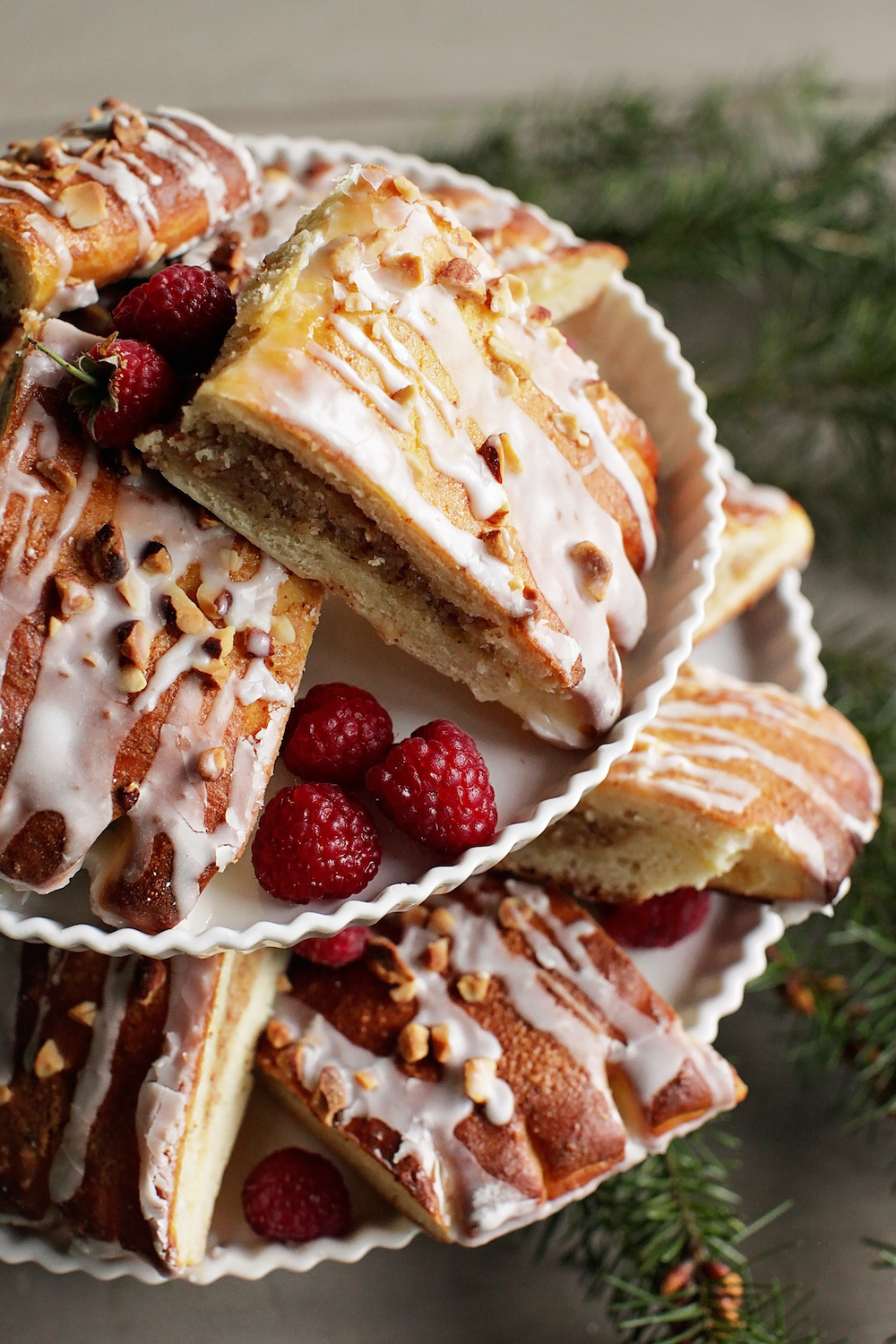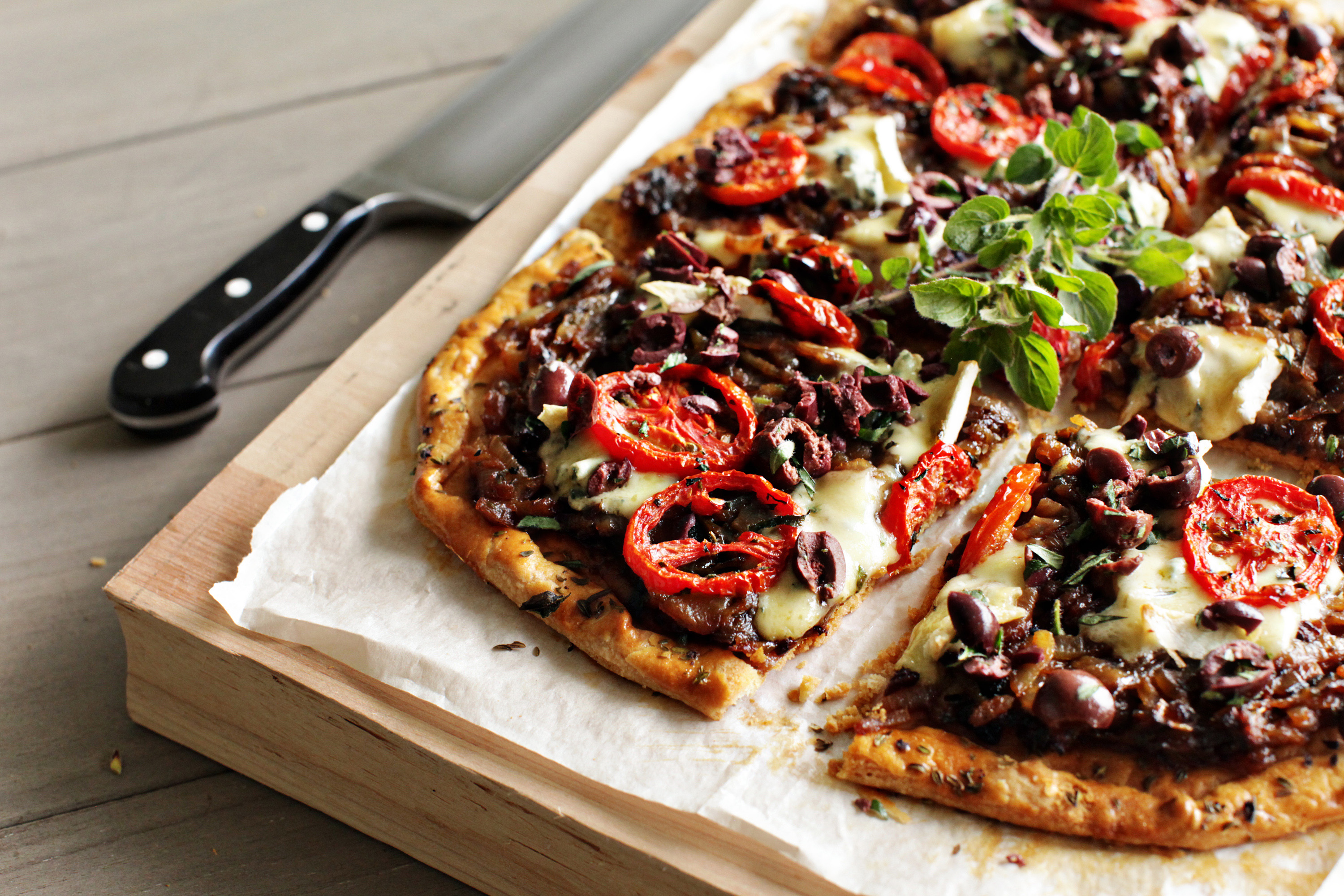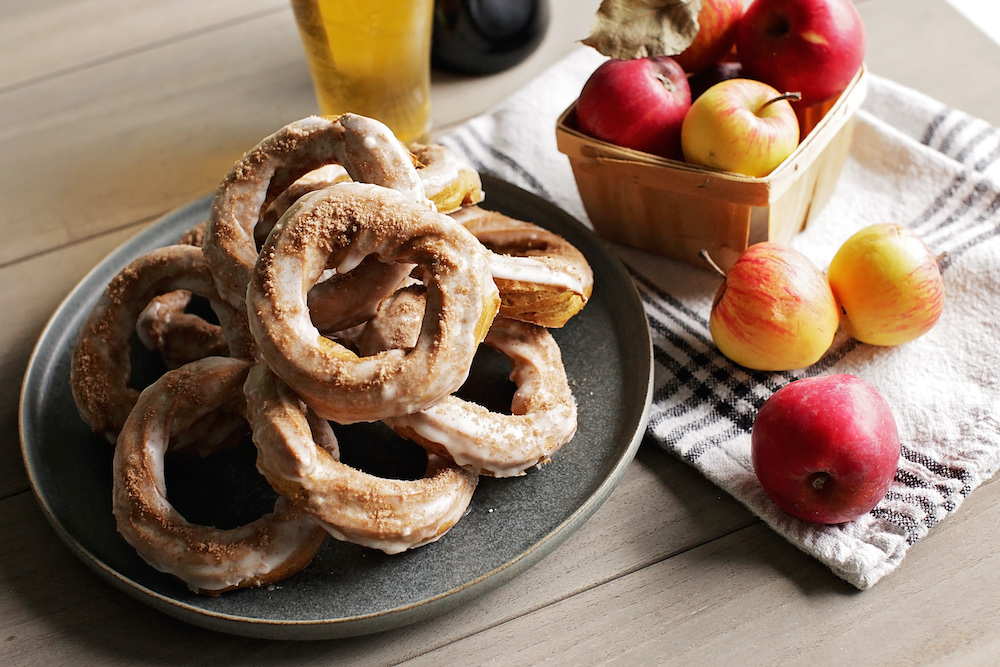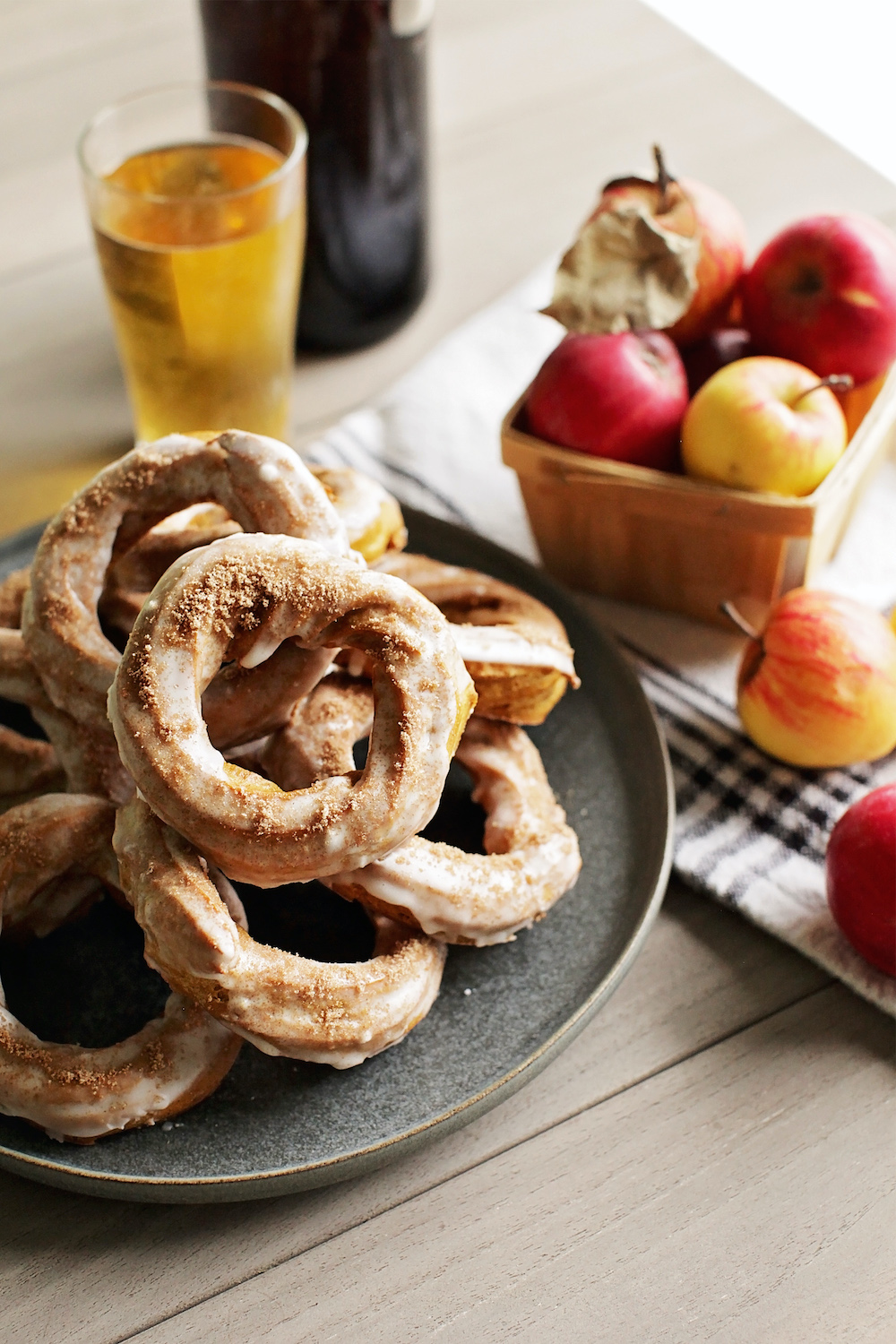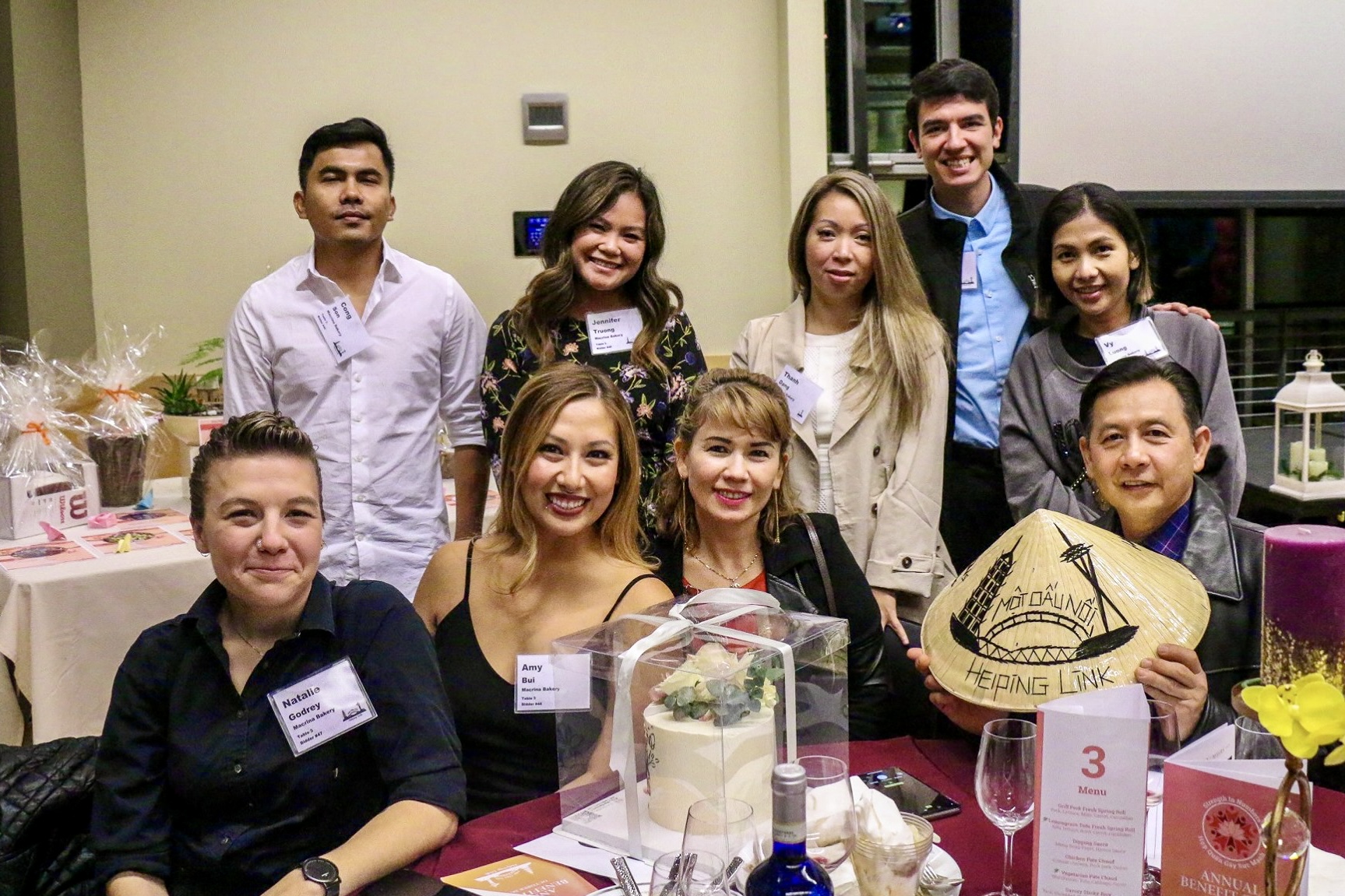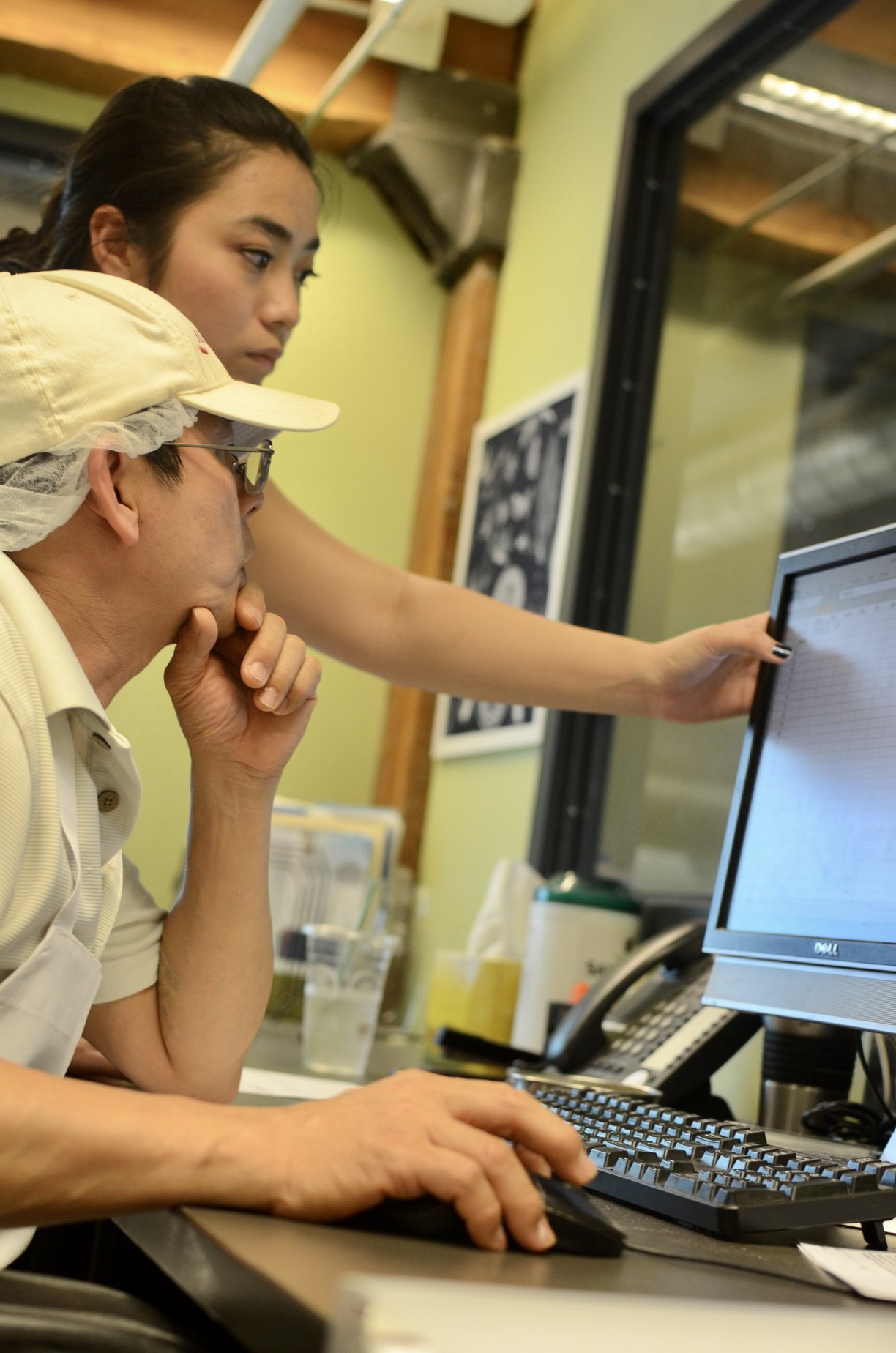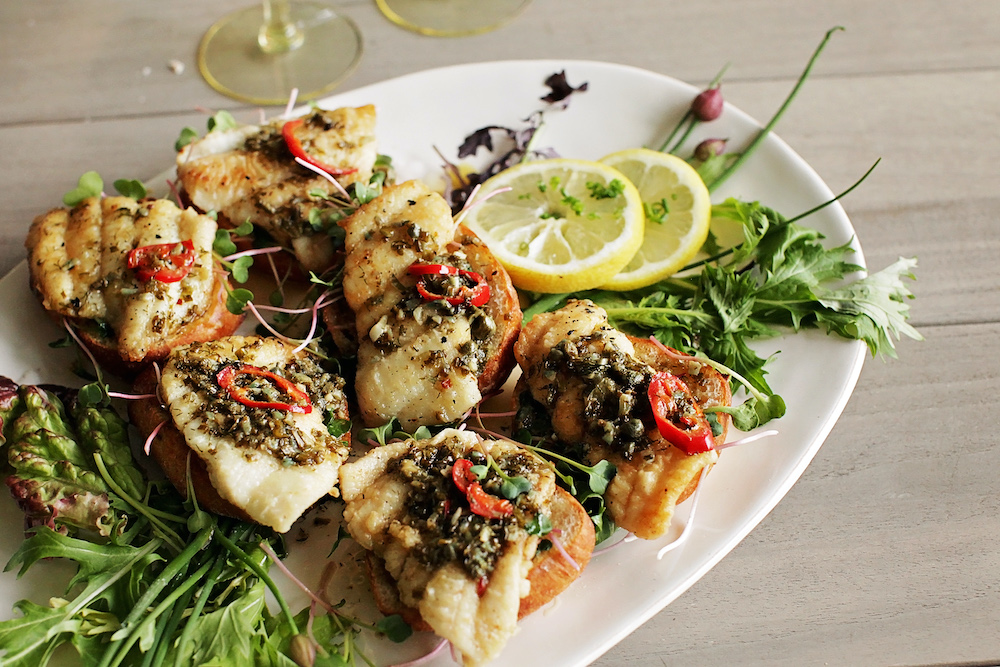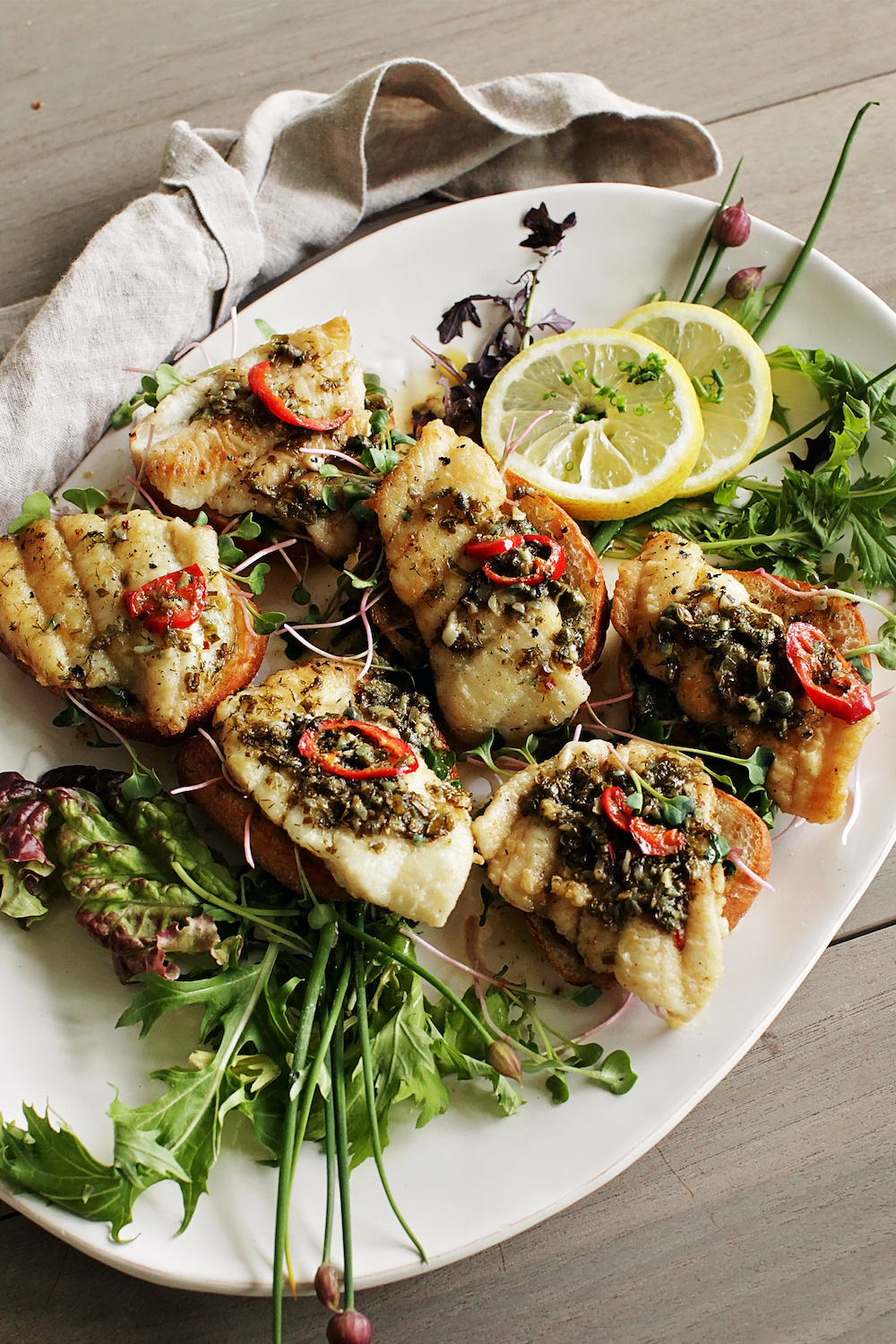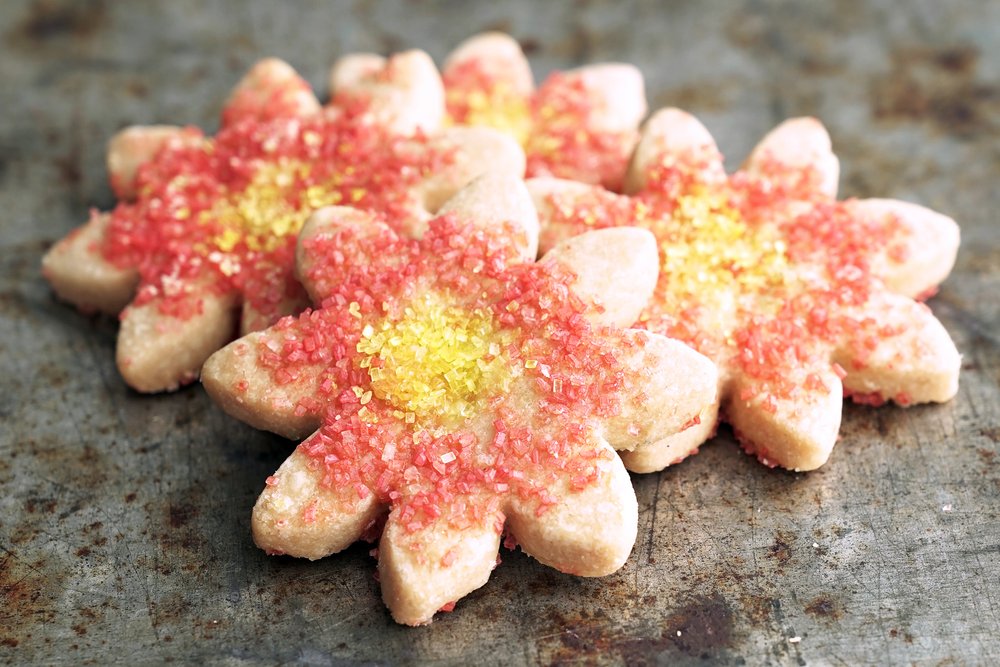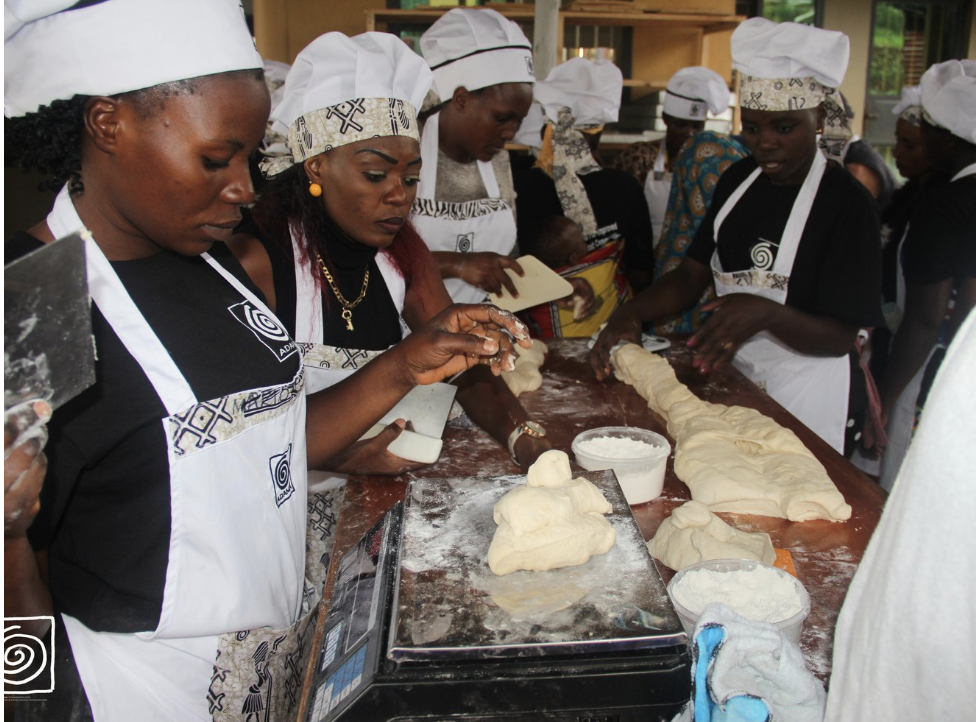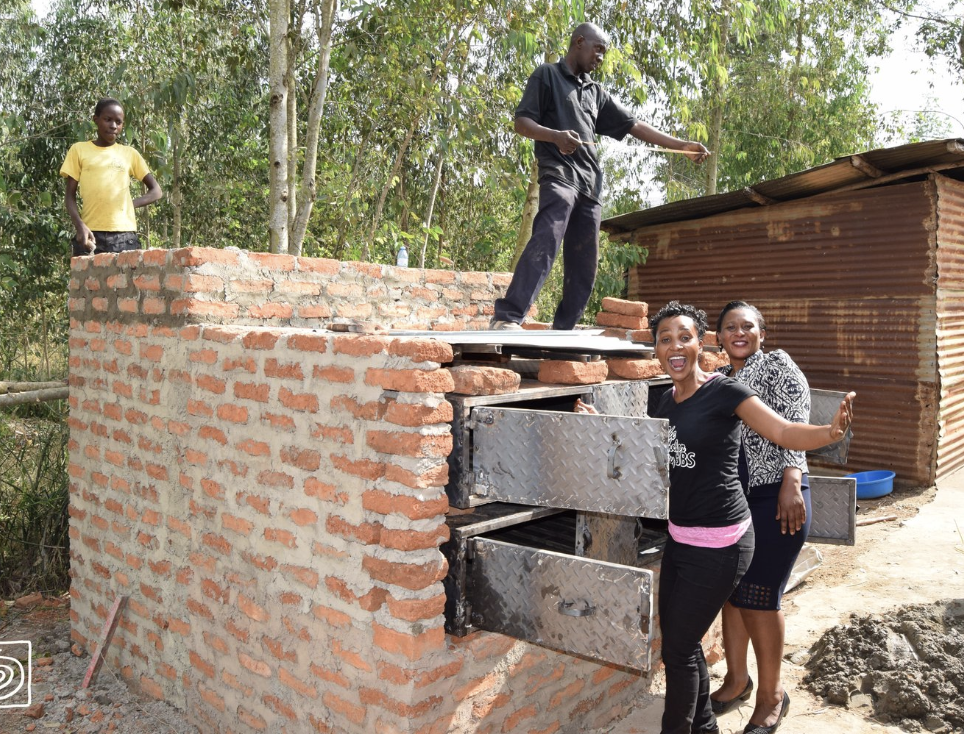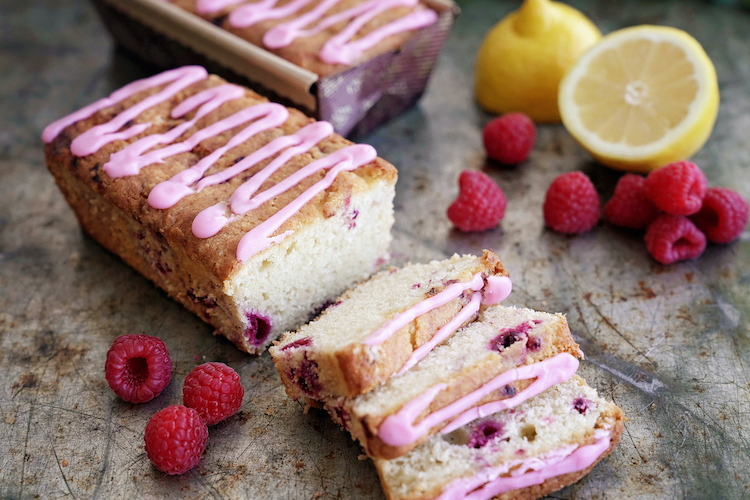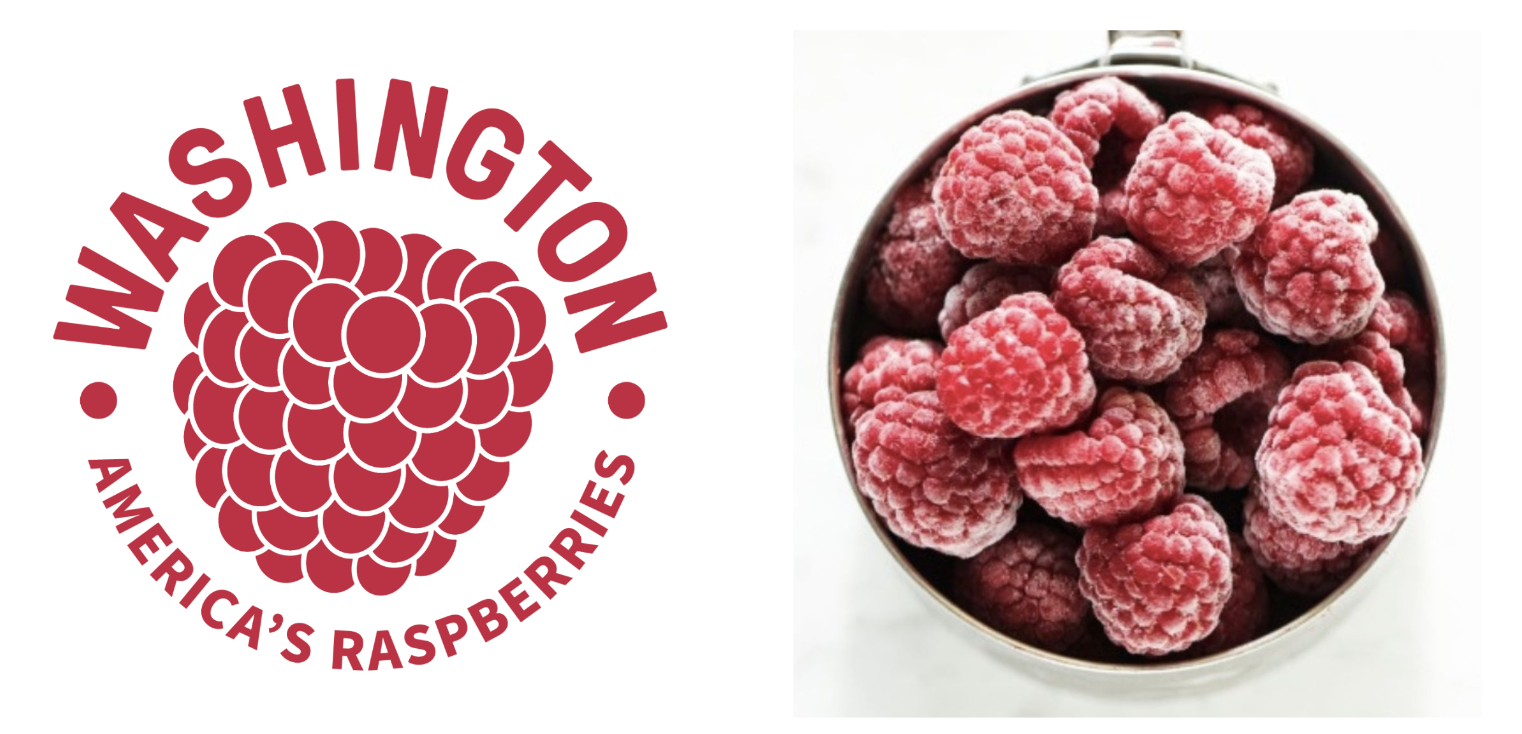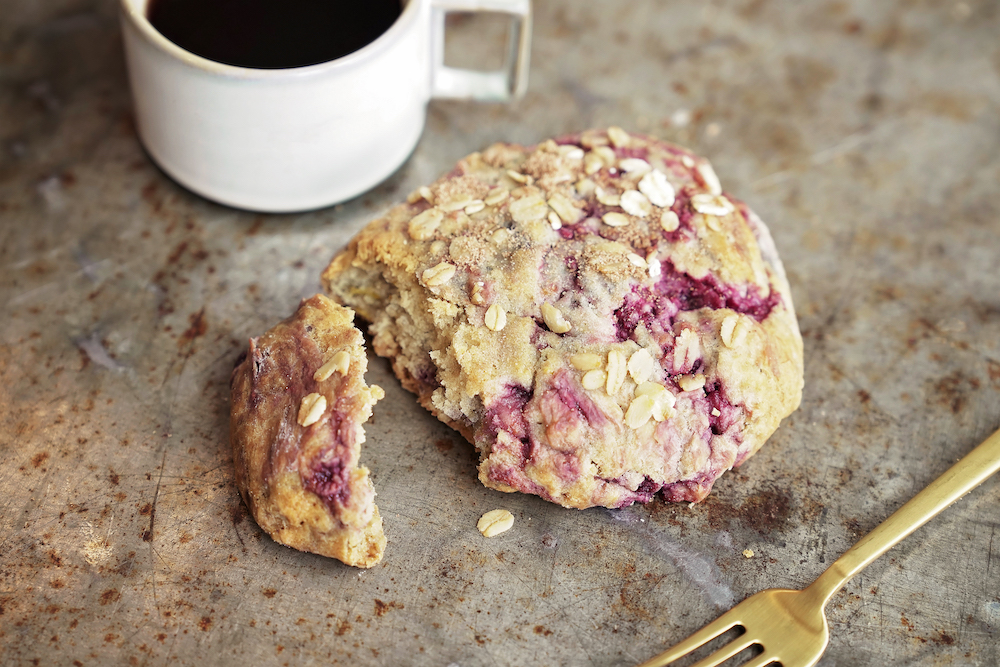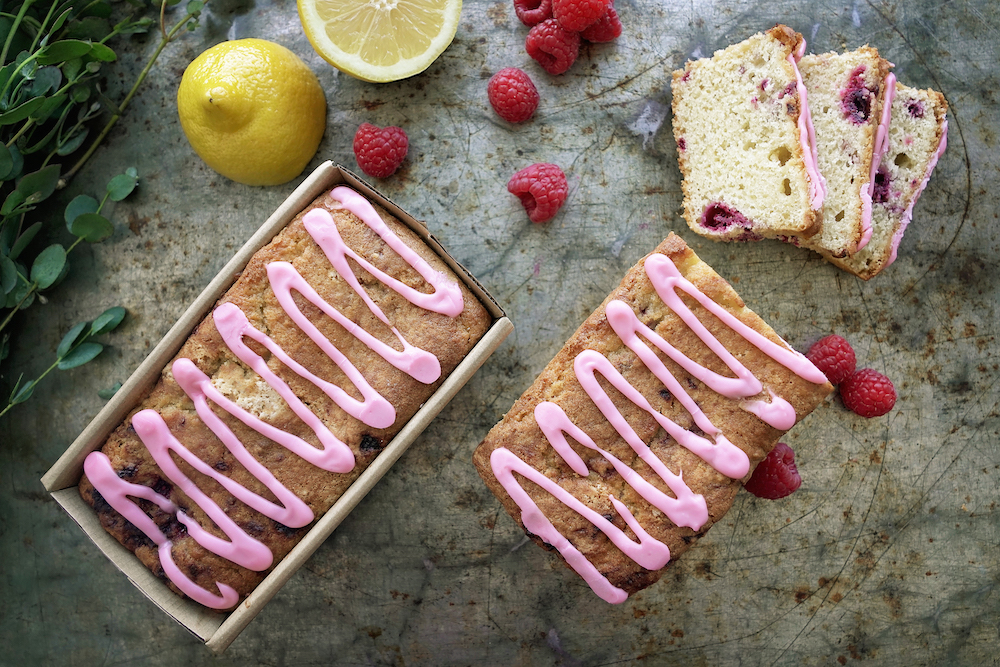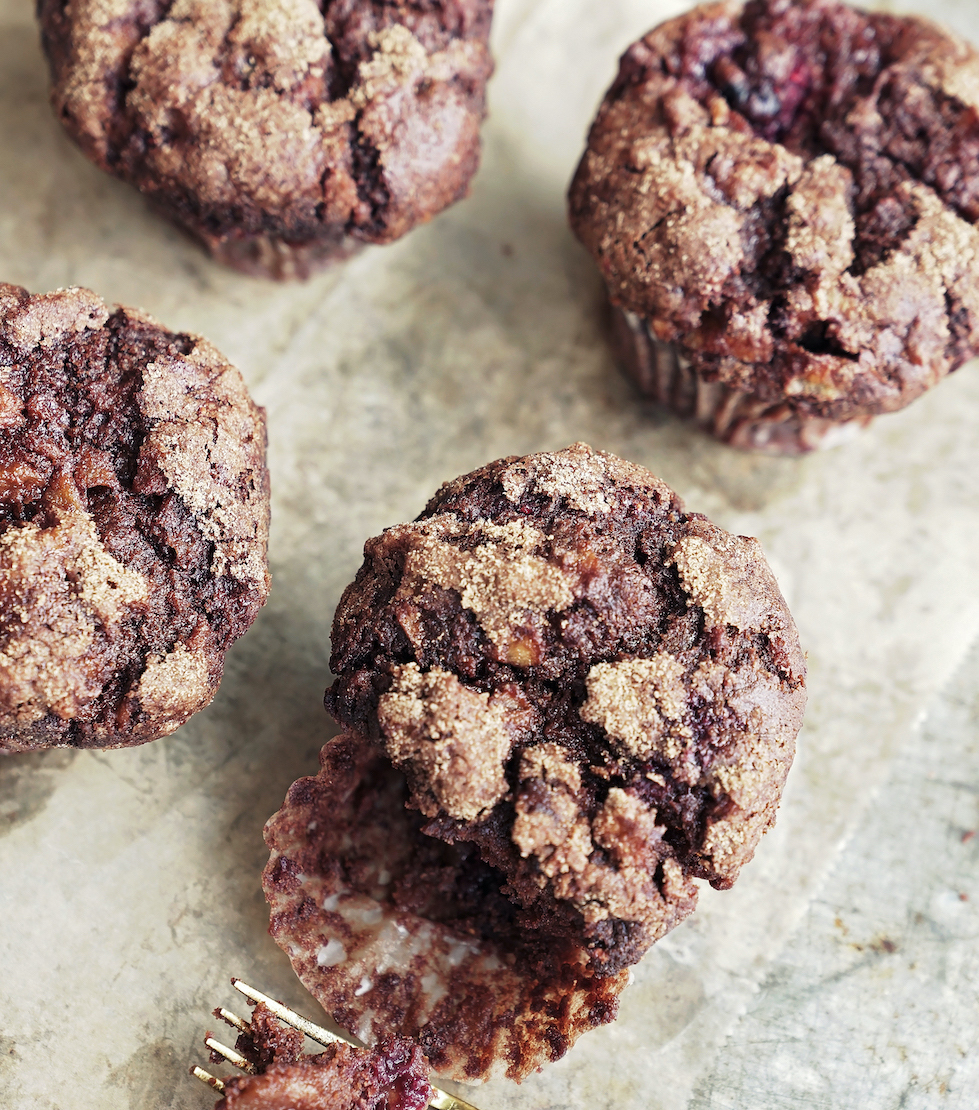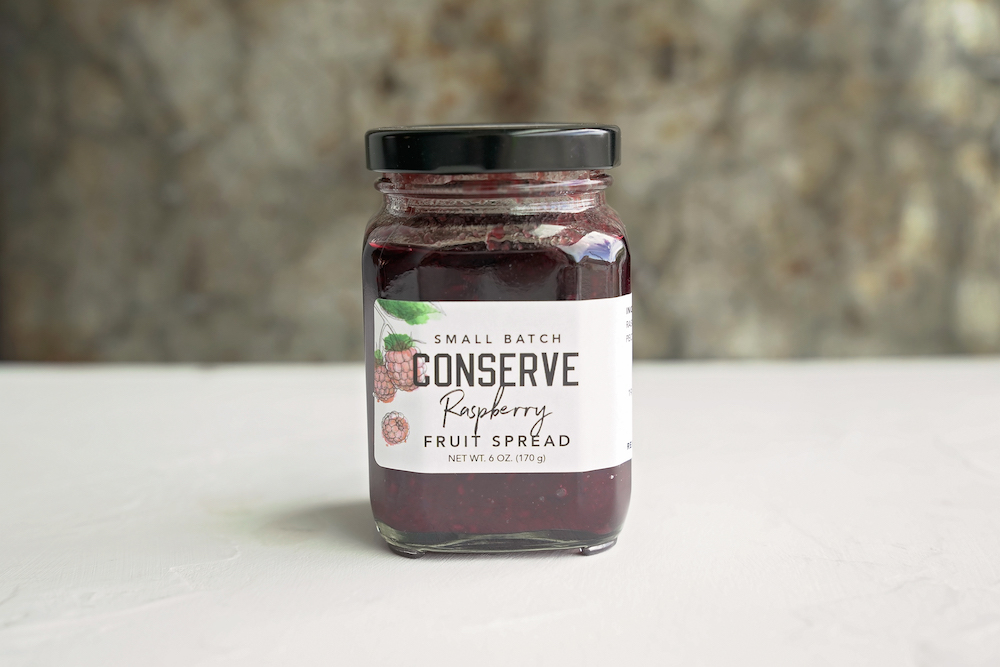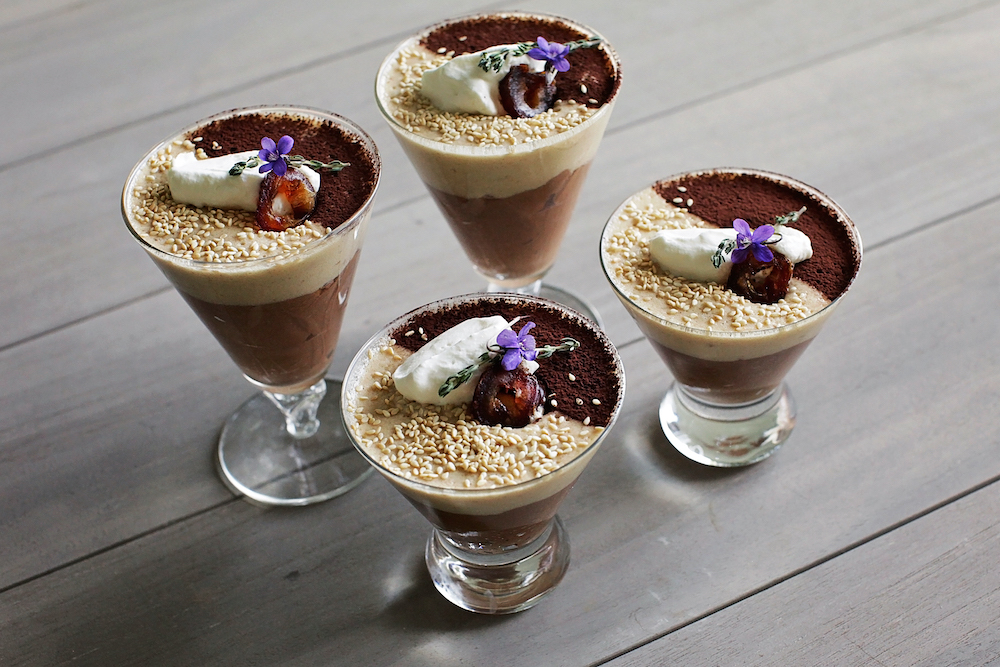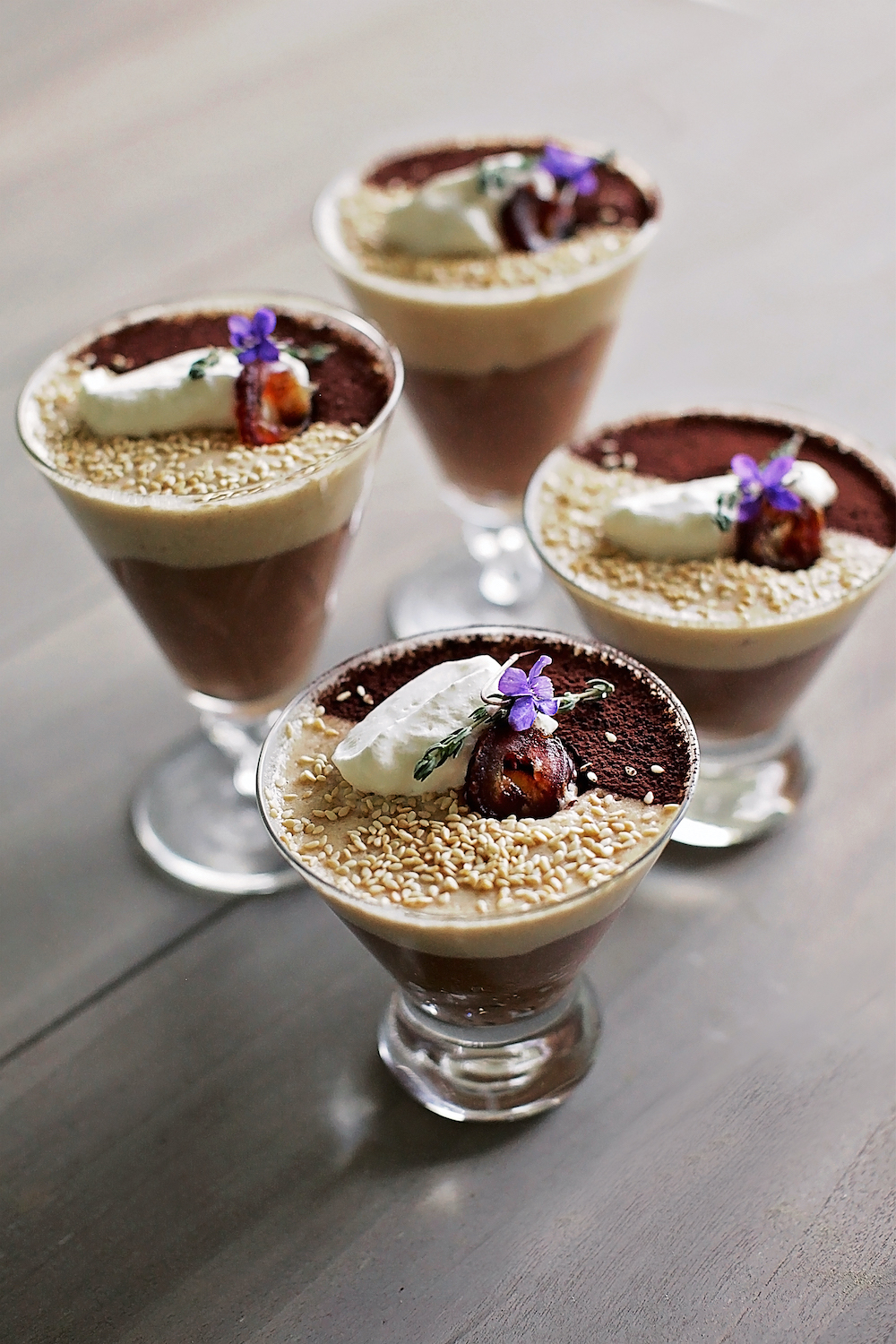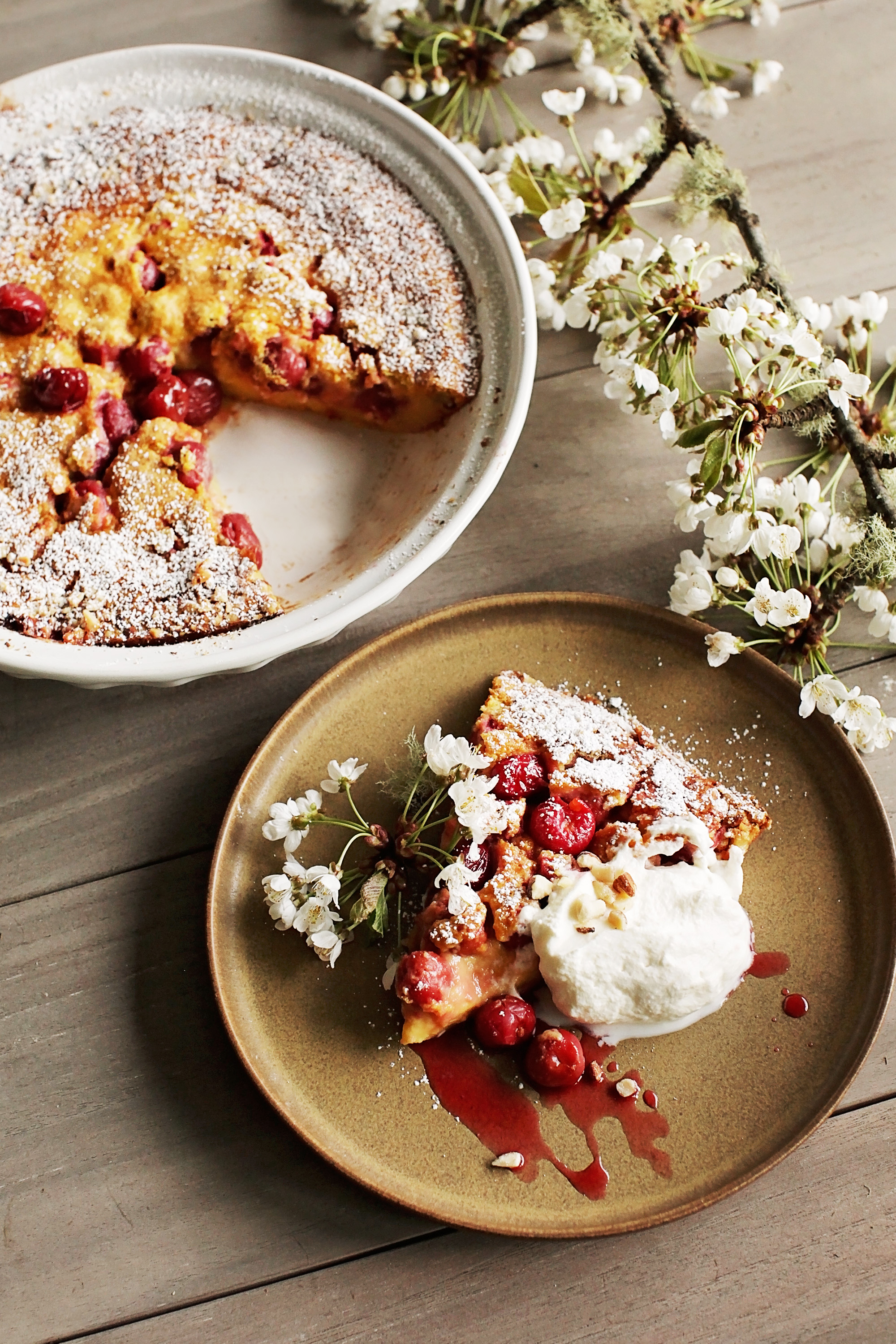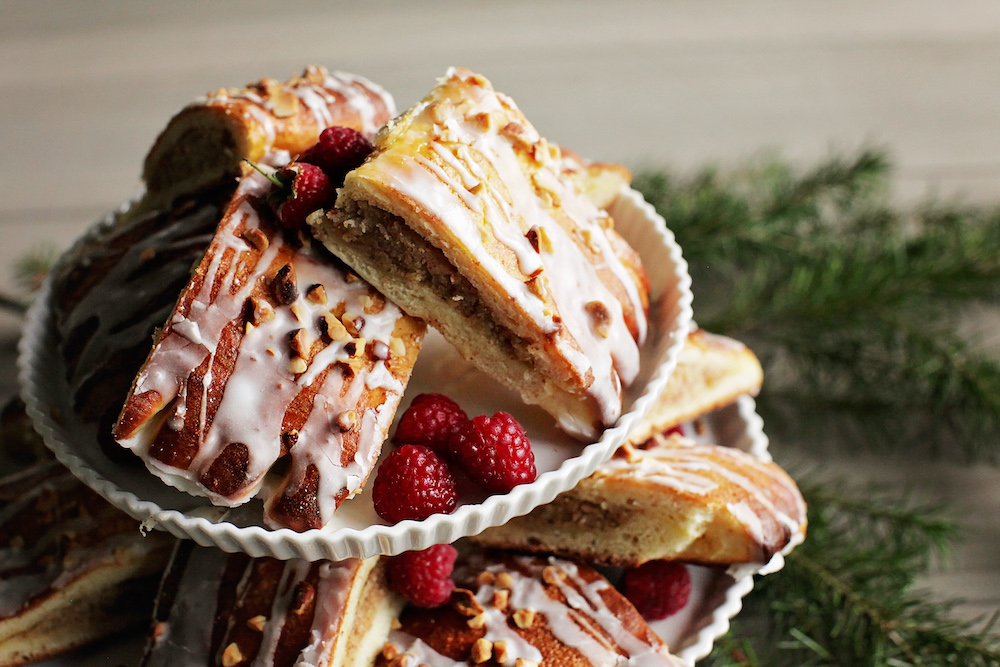 Baking homemade pastries for your holiday brunch is intimidating for many home cooks, but this straightforward recipe produces a delicate, golden-brown treat that’s worth the time. The tender, buttery dough is filled with a rich almond paste and topped with a sweet glaze and sliced almonds. If you want to make the dough the night before, let it rise in the refrigerator. In the morning, give it an hour on the counter to come to room temperature before you roll it out. Or make it start to finish that morning and serve it at a noonish brunch along with fruit, eggs, bacon, juice and coffee. While the dough rises, you’ll have plenty of time to prepare the other items. The bear claw will make a beautiful centerpiece on your table.
Baking homemade pastries for your holiday brunch is intimidating for many home cooks, but this straightforward recipe produces a delicate, golden-brown treat that’s worth the time. The tender, buttery dough is filled with a rich almond paste and topped with a sweet glaze and sliced almonds. If you want to make the dough the night before, let it rise in the refrigerator. In the morning, give it an hour on the counter to come to room temperature before you roll it out. Or make it start to finish that morning and serve it at a noonish brunch along with fruit, eggs, bacon, juice and coffee. While the dough rises, you’ll have plenty of time to prepare the other items. The bear claw will make a beautiful centerpiece on your table.
![]()
Printable PDF of this recipe here.
Makes 6-8 Bear Claws.

![]()
DOUGH: FIRST STEP
¾ cup whole milk, slightly warm
⅓ cup sugar
2 tsp dried yeast
1 cup unbleached all-purpose flour
DOUGH: SECOND STEP
2 eggs
¼ cup sugar
1½ tsp vanilla extract
½ tsp almond extract
1¾ cup unbleached all-purpose flour
½ tsp salt
4 oz (1 stick) unsalted butter, room temperature
ALMOND FILLING
1 cup sliced almonds
½ cup sugar
1½ Tbsp vanilla extract
1 tsp almond extract
1½ Tbsp unbleached all-purpose flour
2 eggs
4 oz (1 stick) unsalted butter, cut into 1-inch pieces
GLAZE
2 cups powdered sugar, sifted
3 Tbsp milk
½ tsp almond extract
ASSEMBLY
1 egg
1 tsp water
½ cup sliced almonds

![]()
DOUGH: FIRST STEP
Whisk ingredients together until smooth and there are no lumps. Cover and let sit at room temperature for 2 hours.
DOUGH: SECOND STEP
Transfer dough to the bowl of a stand mixer fitted with dough hook attachment. Add the eggs, sugar, vanilla, almond extract, flour and salt. Mix on low speed for 3 minutes to incorporate the ingredients. Add the butter and increase speed to medium for 10 minutes (dough will ball at the base of the dough hook).
Remove the dough hook and cover the bowl with plastic wrap. Let the dough rise for 2 hours or until doubled in size. While the dough is rising, make the almond filling and glaze.
ALMOND FILLING
Preheat oven to 325°F. Line a rimmed baking sheet with parchment paper.
Place sliced almonds on the lined baking sheet. Roast for 10 to 15 minutes or until golden brown. Let cool.
In the bowl of a food processor, add the toasted almonds, sugar, vanilla, almond extract and flour. Purée to make a paste. Add the eggs and continue to purée. Add the butter pieces one at a time, pulsing to incorporate before adding the next. Process until smooth. Transfer filling into a bowl and cover it with plastic wrap. Set aside.
GLAZE
In a medium bowl, combine the glaze ingredients and whisk to combine. Cover the surface of the glaze with plastic wrap to prevent a skin from forming. Set aside.
ASSEMBLY
Increase the oven temperature to 375°F.
Whisk 1 egg and 1 tsp water together to make an egg wash. Set aside.
Pull the dough onto a floured work surface. Roll it into a long, thin rectangle (24 x 4 x ½-inch thick).
Mark a line down the center of your rectangle lengthwise. Evenly spread ¾ cup of the almond filling down the middle from end to end. Brush egg wash on one legthwise edge and fold the dough over to create a long, narrow strip. Use a fork to crimp and seal the edge. Lift onto the lined baking sheet, bending into the shape of a horseshoe to fit.
Spoon the remaining almond filling over the dough and brush any uncovered areas with egg wash. Sprinkle sliced almonds over the top. Let sit at room temperature for 30 minutes.
Bake for 25 to 30 minutes or until golden brown.
Let cool for 15 minutes and drizzle with the glaze. Slice into 6 to 8 segments and enjoy!

